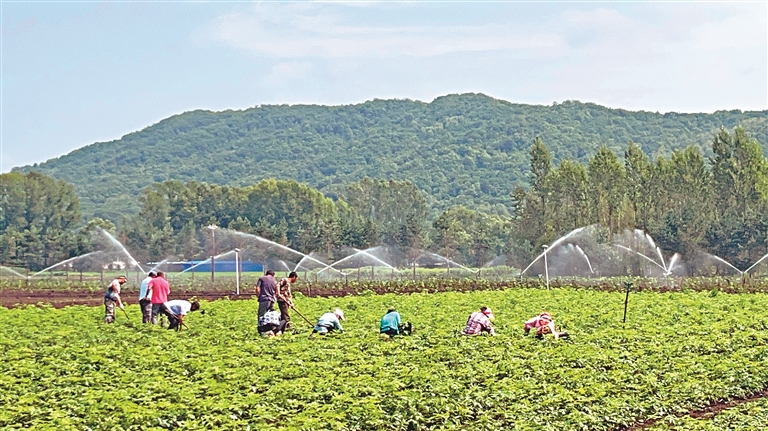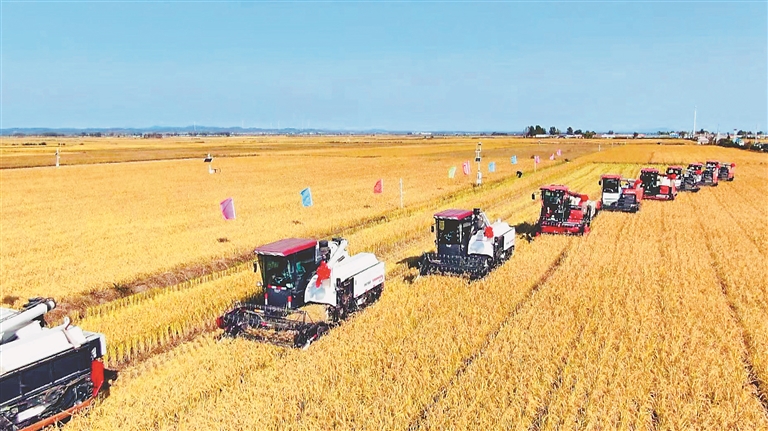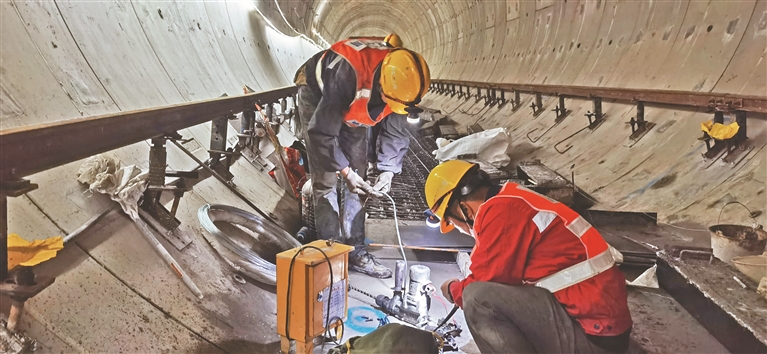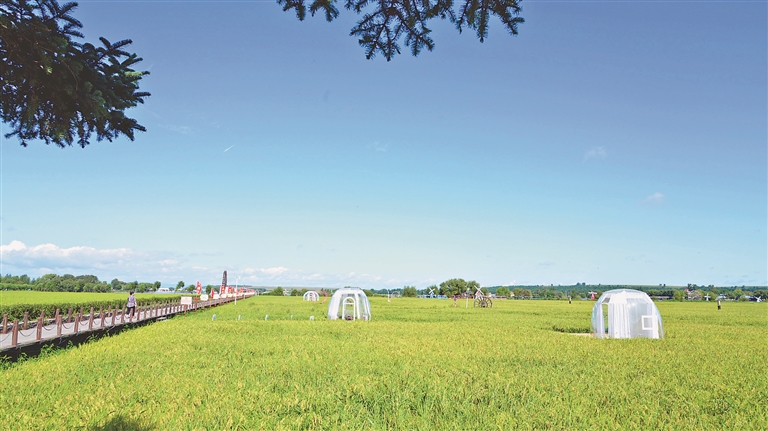Hiring and production outlook is expected to be better, while exports will be affected due to global demand factors in the manufacturing sector in October-December this fiscal, said a Ficci survey.
Ficci's latest Quarterly Survey on Manufacturing presents a better outlook for hiring and production, the industry body said in a statement.
The survey portrays a better outlook for the manufacturing sector in Q-3 (October-December 2018-19) as the percentage respondents reporting higher output growth during the third quarter was 54 per cent as compared to 47 per cent in the same period previous fiscal.
The percentage of respondents reporting low production was only 13.5 per cent in Q-3 2018-19 as compared to 15 per cent in Q-3 of 2017-18.
Similarly, on the hiring front, the outlook for the sector seems to have slightly improved for near future.While in Q-3 of 2017-18, 70 per cent respondents mentioned that they were not likely to hire additional workforce, this percentage has come down to 65 per cent for Q-3 of 2018-19.It is expected that thehiring scenario will improve further, noted the survey.
ALSO READ:Manufacturing PMI surges to 53.9 in January; factory orders edge higherThe study assessed the sentiments of manufacturers for Q-3 this fiscal, for eleven major sectors namely automotive, capital goods, cement and ceramics, chemicals, fertilizers and pharmaceuticals, electronics & electricals, leather and footwear, metal & metal products, paper products, textiles, textile machinery and tyre.
Responses have been drawn from over 300 manufacturing units from both large and SME segments with a combined annual turnover of over 2.2 trillion.
In terms of order books, 43 per cent of the respondents in October-December 2018 are expecting ahigher number of orders as against 42 per cent.
The outlook for exports is somewhat stable as 36 per cent of the participants are expecting a rise in exports for Q-3 2018-19 and 32 per cent are expecting exports to continue on thesame path as that of thesame quarter last year, observed the survey.
ALSO READ:Why economic recovery may be muted in FY19 despite big manufacturing pushHowever, it said the rupee depreciation has not led to any significant increase in exports as 78 per cent of the respondents reported that the exports were not affected much by rupee depreciation.Thereby, emphasising that there were other global factors that are restricting thegrowth of our exports.
The survey also said that the overall capacity utilisation in manufacturing remains low at 75 per cent in Q3.The average capacity utilisation for the manufacturing sector in the last few quarters has been around 75 per cent only.
High raw material prices, cost of finance, the uncertainty of demand, shortage of skilled labour, high imports, the requirement of technology upgradation, excess capacities, delay in disbursements of state and central subsidies are some of the major constraints which are affecting expansion plans of the respondents.
ALSO READ:RBI starts two quarterly surveys of manufacturing, services, infra sectorsIn sectors like automotive, capital goods, leather and footwear and textiles machinery, average capacity utilisation has either increased or remained almost thesame in Q3 of 2018-19 as compared to Q2 2018-19.
For sectors such as chemicals, fertilisers and pharmaceuticals, cement and ceramics, electronics & electricals, metals & metal products, paper products and textiles, the capacity utilisation has fallen in Q-3 2018-19 vis-a-vis Q-2 2018-19.
As much as 86 per cent of the respondents maintained either more or same level of inventory, which is slightly higher as compared to 83 per cent in the previous quarter but less than 90 per cent as was the case in Q-3 of 2017-18.This has been due to low domestic and export demand.
The cost of production as a percentage of sales for manufacturers in the survey has risen for 77 per cent respondents.This is significantly higher than 62 per cent for Q-3 of 2017-18.This is primarily due to theincreased cost of raw materials, wages, power cost, rising crude oil prices, increase in finance cost and rupee depreciation.
 世纪金融网
世纪金融网





